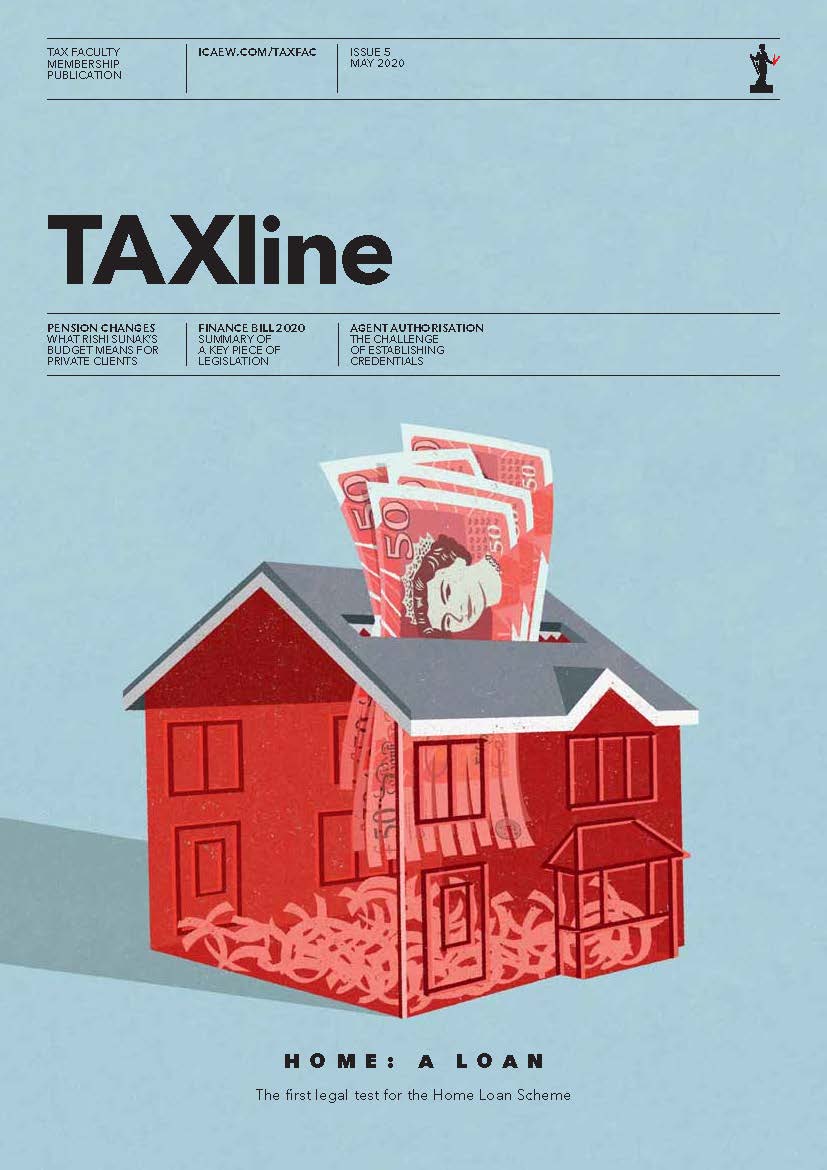ICAEW and other professional bodies have sought clarity from HMRC on a number of issues concerning digital record keeping and signatures. There is scope for greater consistency across different taxes and forms and improved guidance. In the meantime, HMRC has confirmed the current position in Agent Update 110 (details below).
Record keeping
HMRC’s guidance Keeping your pay and tax record explains that records can be kept in a variety of formats: paper, digital (such as a scanned copy) or in a piece of software. However, some records must, by law, be kept and preserved in their original form. For example, a C79 import VAT certificate (Record keeping for VAT notice 700/21).
Section 12B, Taxes Management Act 1970 and para 22, Sch 18, Finance Act 1998 provide further information on record keeping, including those records that must be preserved in their original form.
Digital signatures
HMRC’s guidance (originally in Agent Update 82, Feb 2021) confirms that it will accept digital or electronic signatures on three specific forms: 64-8 agent authorisations; P87 claims for tax relief on employment expenses; and marriage allowance claims. Signatures signed on the screen of a digital device or displayed in a keyboard-typed font will be accepted. All other claims and paper tax returns require a handwritten signature.
Subject to exceptions, HMRC accepts scanned copies of documents with handwritten signatures. Exceptions include those set out in tax or other legislation and instances where the taxpayer is submitting a paper version of a tax return or claim.
Printed signatures
The normal process for signing an IHT account requires all legal personal representatives (LPRs) or trustees to physically sign the form IHT400 or IHT100. However, an easement introduced during the COVID-19 pandemic continues to apply.
HMRC now accepts printed signatures on IHT400 and IHT100 forms, when there is a professional agent acting, and both:
- the names and other personal details of the LPRs or trustees are shown on the declaration page; and
- the account includes a clear and unambiguous statement from the agent to confirm that all the LPRs or trustees have seen the account and have agreed to be bound by the declaration.
HMRC suggests the following wording for this statement:
“As the agent acting on their behalf, I confirm that all the people whose names appear on the declaration page of this Inheritance Tax Account have both:
- seen the Inheritance Tax Account, and
- agreed to be bound by the declaration on (page 14 of the IHT400) or (page 8 of the IHT100." (amend as applicable)
The Tax Faculty
ICAEW's Tax Faculty is recognised internationally as a leading authority and source of expertise on taxation. The faculty is the voice of tax for ICAEW, responsible for all submissions to the tax authorities. Join the Faculty for expert guidance and support enabling you to provide the best advice on tax to your clients or business.
More support on tax
ICAEW's Tax Faculty provides technical guidance and practical support on tax practice and policy. You can sign up to the Tax Faculty's free enewsletter (TAXwire) which provides weekly updates on developments in tax.
Sign up for TAXwireJoin the Tax Faculty


